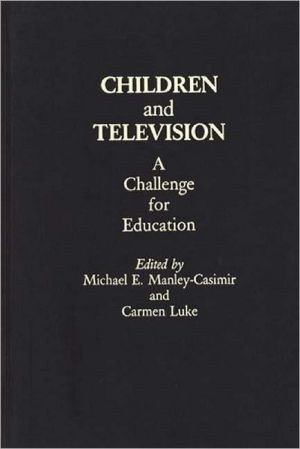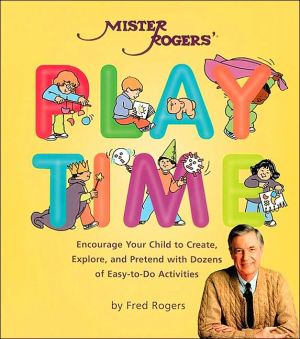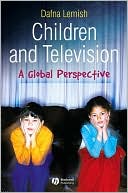Children and Television: A Challenge for Education
Since the mid-1970s a shift in perspective has occurred on the relationship between TV and young viewers. Researchers, parents, teachers, policymakers, and consumer advocate groups have shown increased criticism of televisions's role as social educator, babysitter, agent for mass consumer socialization, and perpetrator of questionable social values, morals, and mythical human behaviors. Educators intersted in understanding the complex and wide-ranging contrversies about the influence of...
Search in google:
The empirical and theoretical studies in Part I explore the interactive relationship between TV and the child viewer. In opposition to the widely held view that the child is a passive recipient of TV information, these studies show that children's background knowledge and their cognitive and experimental skills influence how they interpret TV content, symbolic form, and ultimately, its influence on what kind of learning takes place. The effects of reciprocal relationships of TV violence, commercial advertising and reading ability are investigated in other chapters in this section. Part II moves to practical educational questions and presents approaches to curriculum design for the teaching of critical and literate viewing skills. Innovative curricula, based on principles of liberal education, which encourage active and critical viewing, are spelled out in detail. Part III compares the policies of governments in industrialized nations in assuring the quality of children's television. An annotated list of studies and position papers published from 1975 to 1983 concludes this work.
PrefacePart I: Television and the Developing ChildTelevision, Cognition, and Learning by Ellen WartellaTelevision and Reading: The Roles of Orientations and Reciprocal Relations by Gavriel SalamonTelevision and Children's Food Habits: A Big Brother/Sister Approach by Gerald J. Gorn and Marvin E. GoldbergTelevision Violence; Does it Promote Aggressive Behavior? by Meredith M. Kimball and Lesley A. JoyTelevision Discourse and Schema Theory: Toward a Cognitive Model of Information Processing by Carmen LukePart II: Educating Toward Media LiteracyThe Power of Television: Enrichment of the Television Experience by Parents and Teachers by David NostbakkenTelevision and Literacy by David R. OlsonThe Active Viewer: Critical Viewing Skills in the Classroom by Jack LivesleyPart III: Television Literacy and Social PolicyU.S. Children's Television in Crisis: Problems of Tradition, Vision, and Value by Edward L. PalmerChildren's Television in Canada: Program Policy in the Eighties by Frederick B. RainsberryCommunications Media in the Eighties: Priorities for Children's Television by Jean NcNultyChildren, Culture, and the Curriculum of Television: The Challenge for Education by Michael E. Manley-CasimirPart IV: Annotated BibliographyChildren and Television by Carmen Luke








